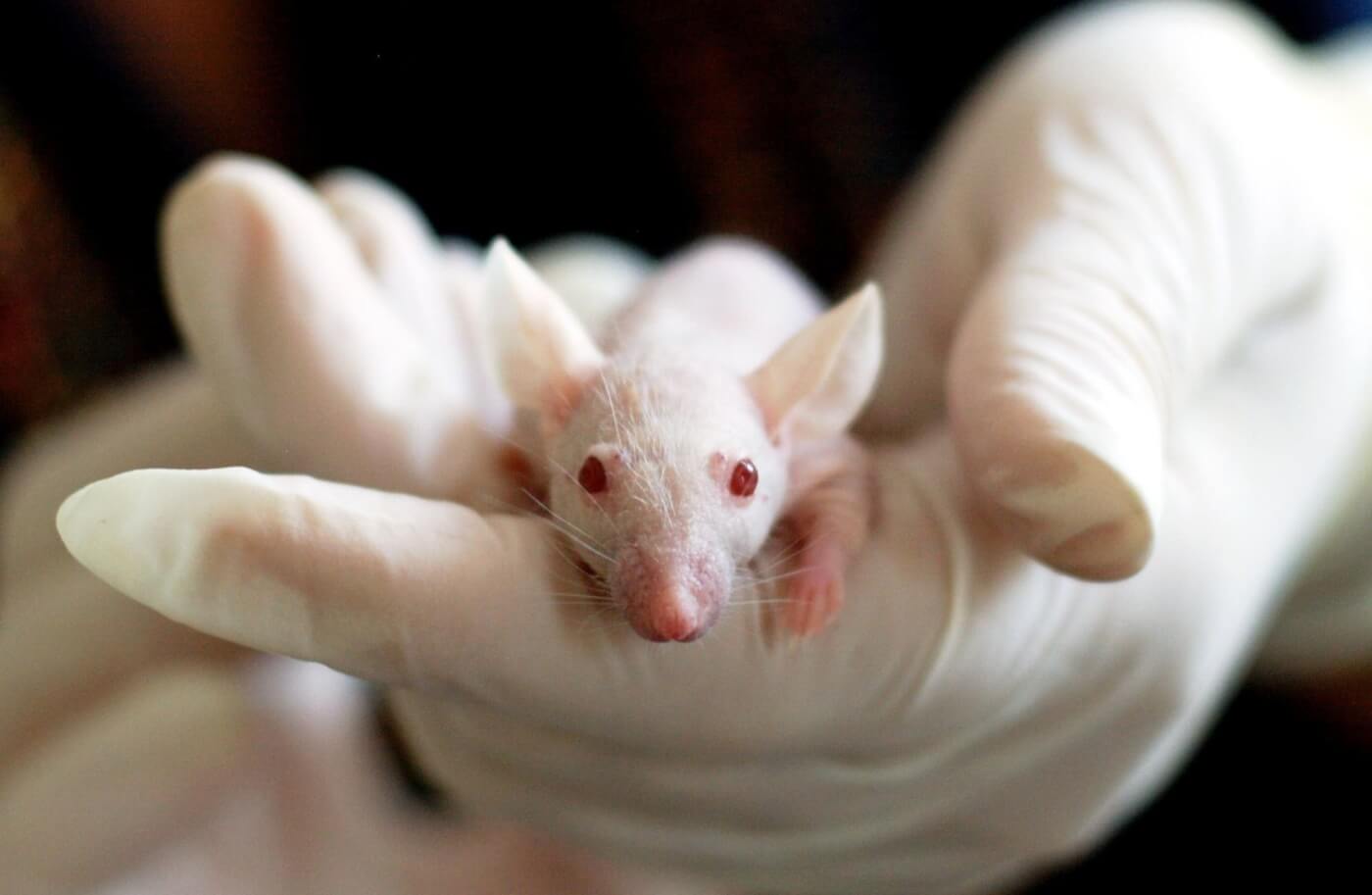Experiments on Other Animals Fail to Find Treatments for Schizophrenia in Humans
What Is Schizophrenia?
Schizophrenia is an often debilitating neuropsychiatric condition that affects approximately 1% of the population worldwide.
Typically, symptoms of schizophrenia emerge in adolescence or early adulthood. The symptoms are often classified as “positive” or “negative.” Positive symptoms include visual and auditory hallucinations, delusions, and disorganized thought and speech. Negative symptoms include a lack of motivation, difficulty experiencing pleasure, and monotone speech. Most individuals with schizophrenia experience cognitive symptoms and can have difficulty with their working memory, concentration, and language processing, among other things.
Currently, there is no cure for schizophrenia. The most common treatments for it are antipsychotic medications, but these typically only reduce positive symptoms, are not effective for all individuals, and cause side effects ranging from severe weight gain to hepatitis. The side effects of the medications as well as the symptoms of the condition itself make it difficult for some patients to stay on a treatment regime. Schizophrenia—especially its “negative” symptoms—is particularly challenging to treat. Cognitive behavioral therapy can be helpful and is often used in conjunction with medication.
What Are the Causes of Schizophrenia?
Like most complex neuropsychiatric diseases, the causes of schizophrenia involve both genetic and environmental influences. But there isn’t just one gene or one environmental factor at play: More than 100 genes have been demonstrated to put one at risk for schizophrenia.
Environmental influences—including early life stress (such as poverty, life trauma, maternal infection, and birth complications) and additional trauma (physical or social)—during adolescence also put individuals at risk for developing schizophrenia. Many experts believe that the disease emerges when genetic factors combine with exposure to multiple environmental influences at crucial points during development.
As compared to women, men are more likely to develop schizophrenia at a younger age, often display more negative symptoms, and don’t respond as well to antipsychotic treatments. They have higher rates of substance abuse disorders, have difficulty maintaining employment and interpersonal relationships, and more often experience homelessness.
Can Animals Have Schizophrenia?
Other animals don’t naturally develop schizophrenia. It is a uniquely human condition.
It’s Impossible to ‘Create’ All the Symptoms of Schizophrenia in an Animal in a Lab
As psychiatrists at Yale University and the University of California–San Diego pointed out 20 years ago, “[T]he group of schizophrenia disorders is characterized by considerable heterogeneity and a complex clinical course that reflects many factors that cannot be reproduced readily in animals. Thus, the frequent attempts to model the syndromes of schizophrenia in animals usually met with failure.”
Animal Models of Schizophrenia
Experimenters have tried to recreate one or two of the symptoms of schizophrenia in animals in a laboratory, often using extremely harmful and invasive procedures. The intended goal of many of these experiments is to create brain damage early in development and see what symptoms emerge when the animals enter their adolescent stage, which is when most symptoms of schizophrenia appear in humans.
Toxins or other chemical compounds designed to damage brain tissue are injected into the brains of rats as young as 7 days old. In some laboratories, rats are repeatedly given drugs, including amphetamines and/or PCP, to try to induce psychosis or hallucinations. Other experimenters administer a drug called methylazoxymethanol acetate to embryonic rats in order to interfere with crucial brain development processes.
Some experimenters take baby rats away from their mothers at birth and put them in social isolation to create extreme stress. Experimenters have also tried genetically engineering animals to have genetic mutations meant to mimic mutations seen in humans with schizophrenia.
The Problem With Schizophrenia Experiments on Animals
The problem with all these models, in addition to their cruelty, is that trying to reduce schizophrenia to one symptom at a time doesn’t work. By definition, schizophrenia is a complex, multifaceted, human-specific disorder involving multiple interacting systems. Trying to study it one oversimplified animal experiment at a time is absurd.
Thought disorders, auditory and visual hallucinations, delusions, and various language-related symptoms such as pressured or disordered speech cannot be measured using animals in laboratories. Most laboratories resort merely to measuring social withdrawal, locomotion activity, and sensory processing in animals to test their “models” of schizophrenia. These measures hardly capture the complicated issues that human individuals with schizophrenia face daily.
Human-Relevant Research in Schizophrenia
It’s not surprising that new pharmaceutical treatments for schizophrenia aren’t emerging from experiments on animals. In fact, the most commonly prescribed treatments used today are derivatives of a drug discovered accidentally in the late 1950s by a doctor working with human surgery patients.
Data from humans are still the best bet for gaining new understanding or getting new therapeutics for schizophrenia. Fortunately, researchers using non-animal methods are already advancing our understanding of this complex disease.
Researchers working with human volunteers are responsible for identifying the genetic and environmental influences associated with schizophrenia, as well as for identifying several brain and neurochemical biomarkers for it. Research using postmortem brain tissue, three-dimensional cell models derived from patient cells, and groundbreaking technology is finally unlocking the complex neurodevelopmental processes as well as genetic and environmental interactions associated with schizophrenia.
Critically, funds must also be shifted away from animal experiments and toward providing patients with greater access to mental health care.
For an accurate diagnosis of suicidality, depression, alcohol problems, or other mental illnesses, consult a qualified healthcare professional. If you are in crisis or think that you may have an emergency, call your doctor or 911 immediately. If you’re feeling suicidal, thinking about hurting yourself, or concerned that someone you know may be in danger of hurting themselves, call the National Suicide Prevention Lifeline by dialing 988. This free service is available 24 hours a day, seven days a week, and is staffed by certified crisis-response professionals. If you’re located outside the U.S., call your local emergency line immediately.





